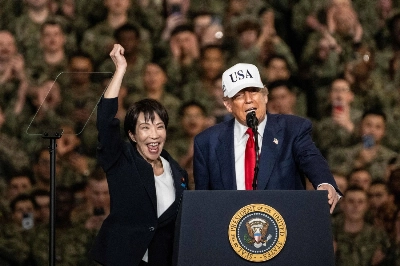North Korea-related events have been capturing the headlines with alarming frequency in recent weeks. The most intriguing saga, the Feb. 13 assassination of North Korean leader Kim Jong Un's half-brother Kim Jong Nam in Malaysia, continues to unfold. It quickly overshadowed the most significant event, the Feb. 12 launch of a solid-fueled Pukguksong-2 intermediate-range ballistic missile (IRBM), theoretically capable of hitting targets as far away as U.S. bases in Okinawa and Guam with minimal warning.
In case the message from this launch was missed, the North on March 6 fired a salvo of four modified medium-range Scud missiles into the Sea of Japan. According to Pyongyang, the units firing the missiles are tasked to strike the bases of the U.S. "imperialist aggressor" forces in Japan in contingency. (North Korea is well aware that U.S. access to Japan bases is critical to the defense of South Korea.)
Scud launches, while troublesome (and another United Nations Security Council violation), are not unprecedented and are frequently used to signal Pyongyang's discontent over South Korea-U.S. military exercises like the one currently underway in the South. The Pukguksong-2 launch, while still not the promised (by Kim Jong Un) intercontinental ballistic missile test that then-President-elect Donald Trump tweeted "won't happen," presents a serious new challenge which fully justifies the accelerated deployment of the Terminal High Altitude Area Defense (THAAD) anti-missile system to South Korea.

















With your current subscription plan you can comment on stories. However, before writing your first comment, please create a display name in the Profile section of your subscriber account page.